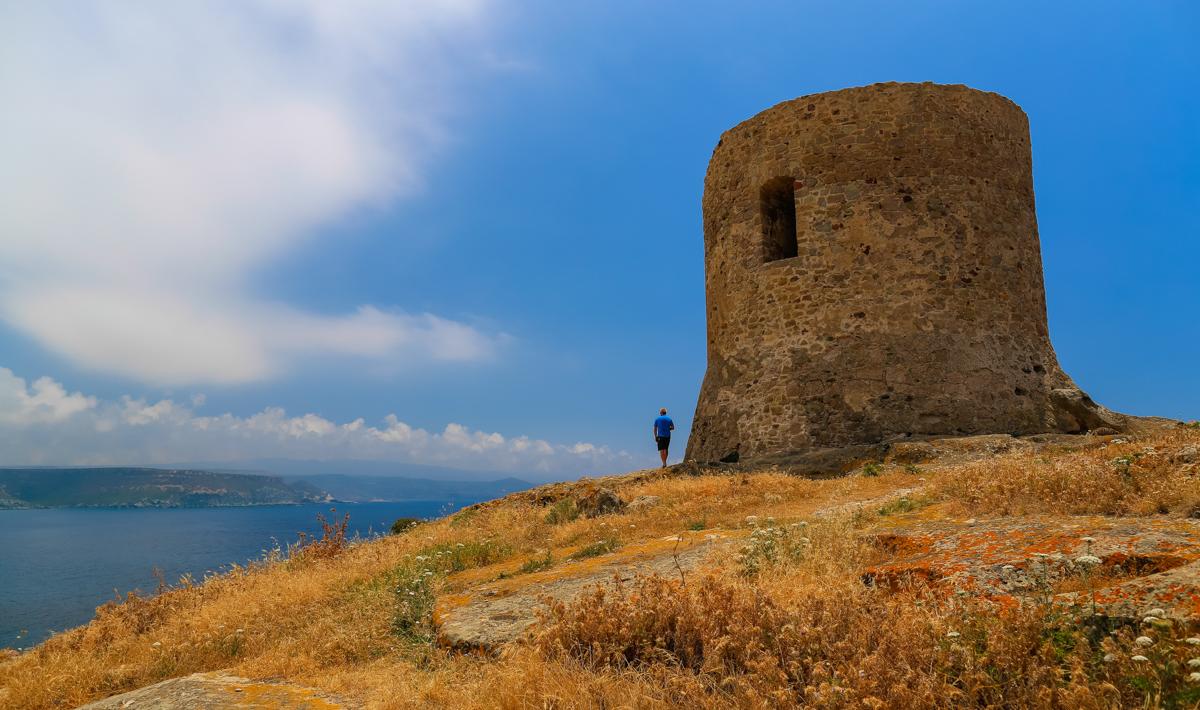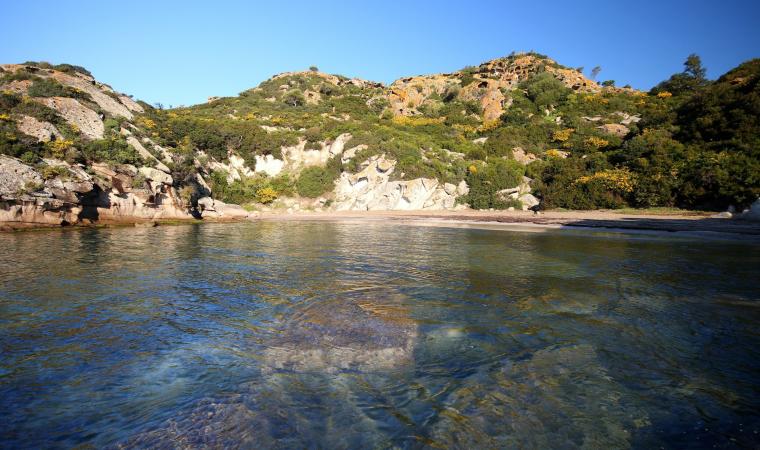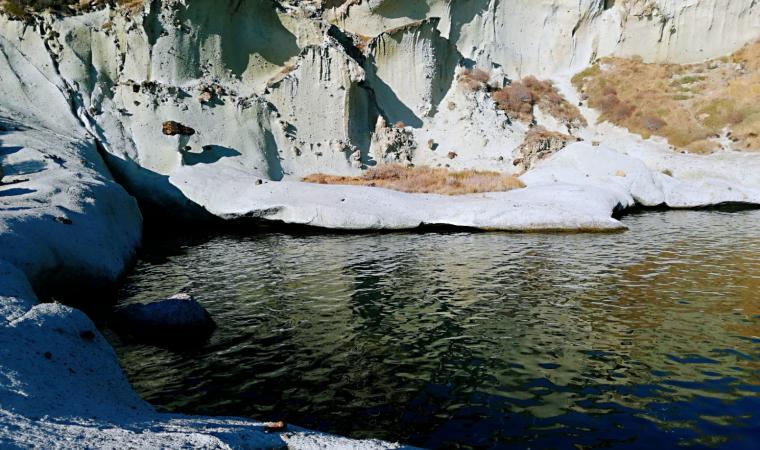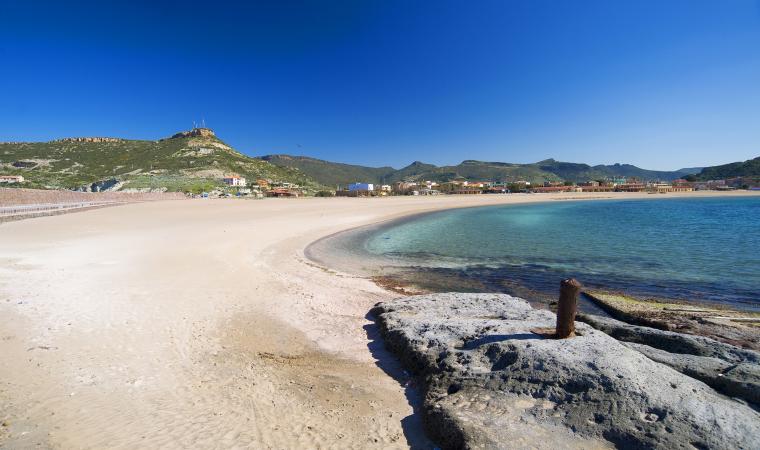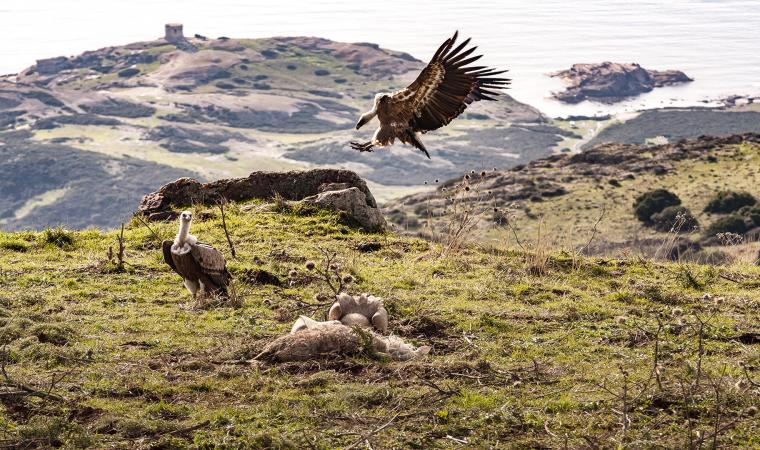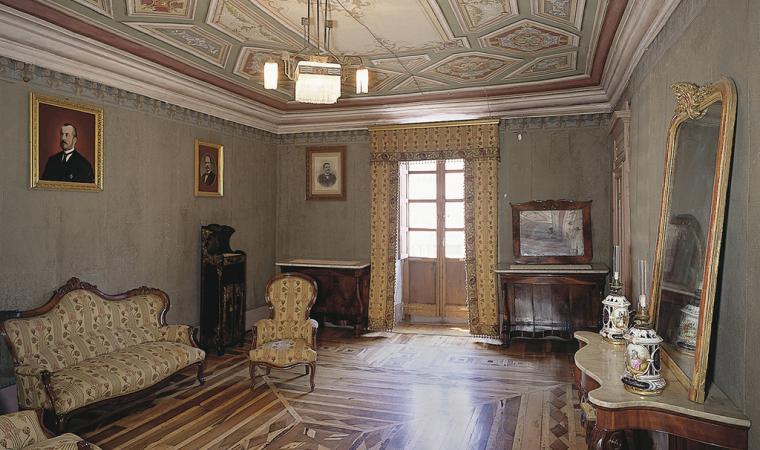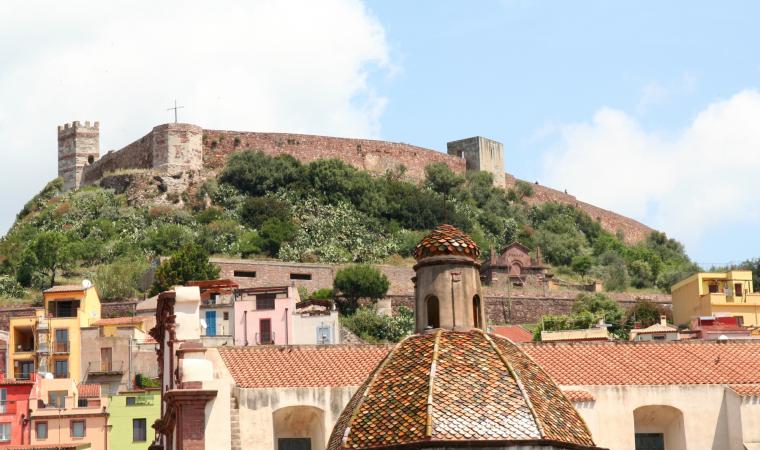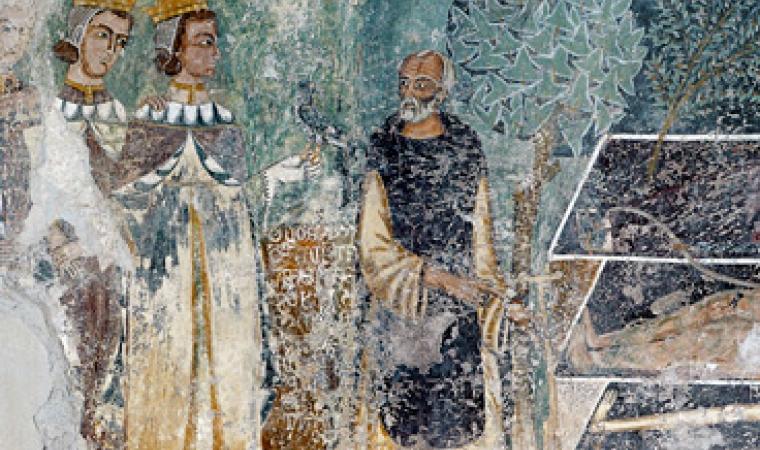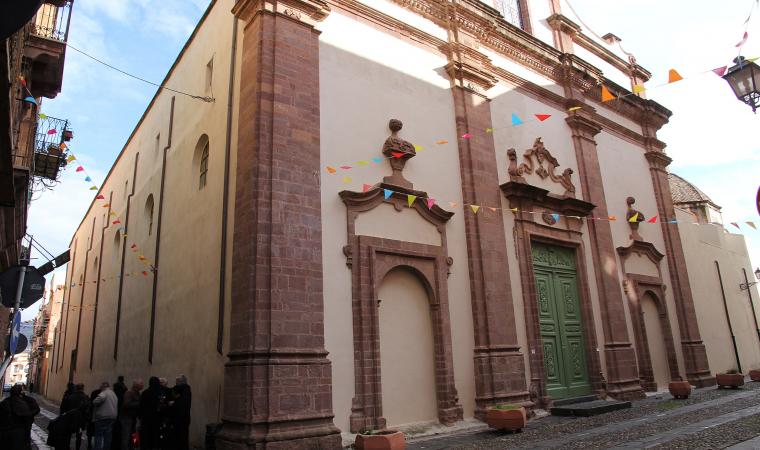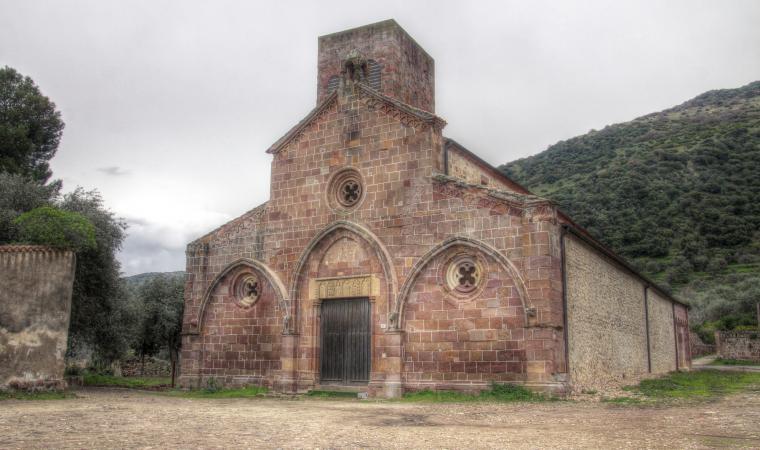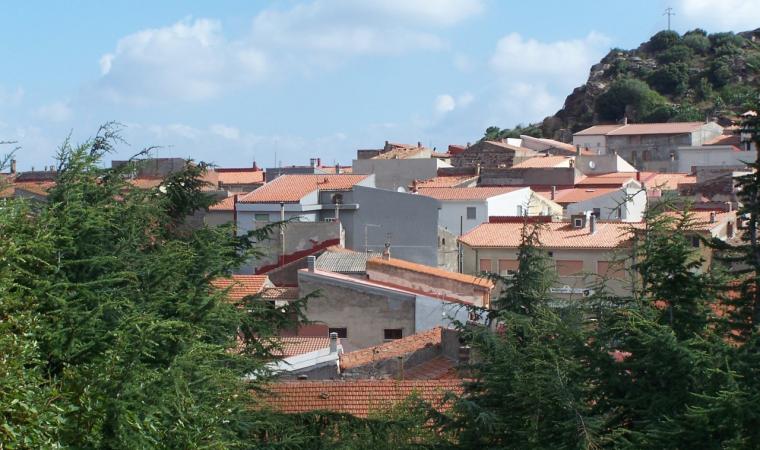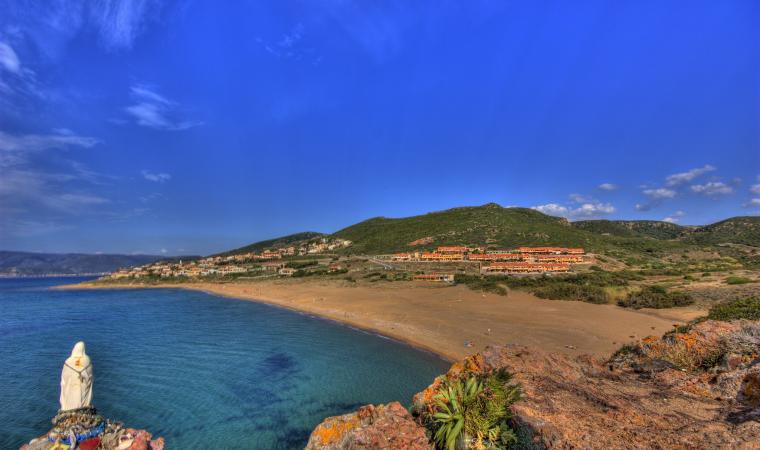The SP 49 provincial road, that connects Bosa to Alghero, is one of the most captivating scenic roads in Sardinia. It is characterised by multicoloured landscapes, intense fragrances and a feeling of freedom in close contact with nature, interrupted only by a few isolated shepherds’ huts. Along the road, about seven kilometres from Bosa, an irresistible scenario appears as you look towards the sea: it is the promontory of Torre Argentina, where a fortress guarding the territory has been standing for over five centuries. At its foot, there is a succession of coves, framed by white limestone cliffs and dotted with basalt rocks and flat rocks, with an almost lunar appearance. The sea that opens up before it is of an intense cobalt blue.

